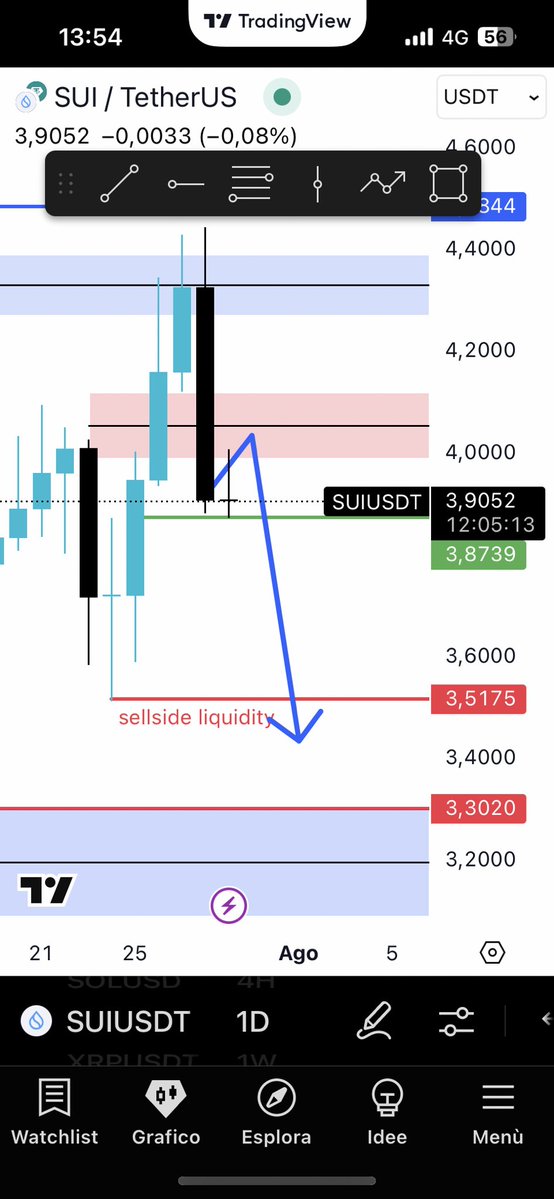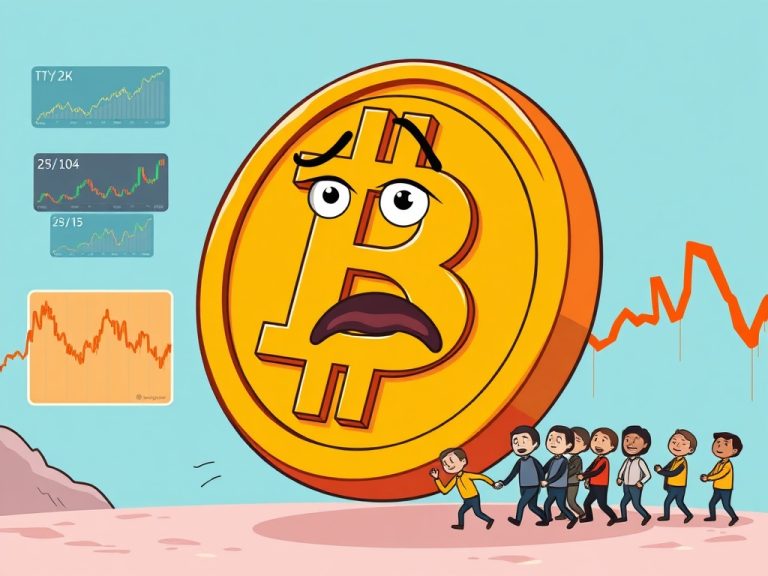
Exploring the Financial Nexus Between XRP and Ripple: A Detailed Legal and Economic Analysis
—
The dynamic realm of cryptocurrency continually yields compelling stories, but one that has recently captivated the industry concerns the financial interconnections between XRP and Ripple Labs. Ripple’s XRP, a digital asset intended for cross-border payments, has been under the legal microscope, especially regarding its revenue structures and financial ties. This article aims to unpack these intricate relationships through a comprehensive legal analysis, complemented by an economic perspective, shedding light on how these ties influence market behavior and regulatory scrutiny.
Setting the Stage: Ripple and XRP in the Crypto Ecosystem
Ripple Labs is the company behind XRP, which was created to facilitate faster and cheaper international money transfers. Unlike Bitcoin, XRP is centralized to an extent, with Ripple holding a significant portion of the token supply. This fundamental design choice has often put Ripple at odds with regulators who question whether XRP should be classified as a security, thus subject to stringent financial regulations.
The core of the controversy lies in the revenue Ripple earns from selling XRP and related services, raising questions about the nature of their financial practices and how tightly XRP is linked to Ripple’s earnings.
Legal Analysis of Financial Ties: Delving Into the Data
Recent investigative legal work has brought to light patterns suggesting that Ripple’s revenue streams are deeply intertwined with the sale and trading of XRP tokens. This financial entanglement is crucial since it may affect the classification of XRP and Ripple’s compliance obligations.
Key Legal Questions Explored:
– Is XRP a security under U.S. law? The Securities and Exchange Commission (SEC) argues that XRP, as an investment contract, should be regulated accordingly. Ripple contends XRP is a currency and not subject to security laws. The extent of Ripple’s revenue from XRP sales bolsters the SEC’s argument that XRP functions more like a security.
– How does Ripple derive its revenue? Ripple generates income primarily via the sale of XRP on secondary markets and through licensing its payment technology. Evidence suggests that a significant portion of Ripple’s operational funding comes from XRP sales, indicating a direct financial link.
– Does this financial structure constitute market manipulation? Critics assert that Ripple’s sales of XRP can influence the token’s market price, possibly compromising market fairness.
From a legal standpoint, the nuances of these interactions are pivotal. If Ripple’s revenues heavily depend on XRP sales, the company’s responsibility to comply with securities regulations strengthens, impacting future enforcement and possibly setting a precedent for other token issuers.
Economic Implications: Market Behavior and Investor Impact
Understanding the financial ties between XRP and Ripple is not just a legal exercise; it has pronounced economic consequences.
– Market Volatility: Ripple’s periodic XRP sales can create price shifts, affecting investor confidence. This is evident from the trading volume surges and market cap movements following Ripple’s public sales announcements.
– Investor Perception: The close revenue ties lead some investors to view XRP less as a decentralized asset and more as a product of Ripple’s corporate strategy, which influences buying decisions and overall market sentiment.
– Regulatory Influence on Market Dynamics: The SEC’s stance and recent legal findings contribute to uncertainty in the XRP market, affecting liquidity and long-term adoption.
Together, these factors shape the trading environment, highlighting the importance of transparency in corporate revenue models linked to cryptocurrency sales.
Ripple’s Strategic Response and Market Reactions
In light of increasing scrutiny, Ripple has adapted its business and communication strategies:
– Legal Defense: Ripple maintains that XRP is not a security, emphasizing its utility and the open nature of XRP ledger transactions. Their position is supported by some international regulators who view XRP differently.
– Market Positioning: By diversifying revenue sources beyond XRP sales, including enterprise software solutions, Ripple aims to reduce perceived financial dependency on token sales.
– Community Engagement: Active communication and transparency efforts have been used to bolster market trust and stabilize investor confidence.
Market actors monitor these developments closely, with social media analyses revealing heightened discussion around XRP, especially during legal milestones or major financial disclosures.
Broader Industry Perspectives and Future Outlook
The Ripple-XRP saga illuminates a broader challenge facing the crypto industry: defining and regulating hybrid assets that straddle established legal categories.
– Implications for Other Cryptocurrencies: Many tokens possess mixed characteristics, serving as utility tokens, investment vehicles, or corporate revenue generators. Ripple’s case may influence how regulators approach these hybrids.
– Policy Evolution: Legal outcomes from this scenario could encourage clearer guidelines, reducing ambiguity and fostering safer investment environments.
– Technological Innovation vs. Regulation: Balancing innovation with investor protection remains a delicate task. Ripple’s approach typifies attempts to navigate this landscape dynamically.
As the legal and market story unfolds, stakeholders should watch for emerging regulatory frameworks, Ripple’s financial disclosures, and market responses that may redefine cryptocurrency’s economic paradigms.
Conclusion: A Crossroads for Cryptocurrency Regulation and Market Integrity
The uncovered financial ties between XRP and Ripple’s revenue streams provide a vivid case study in the complexities of cryptocurrency regulation and corporate financial strategy. They underscore how legal interpretations can ripple (pun intended) across markets, influencing asset classification, investor protection, and technological innovation. At this crossroads, transparency, thoughtful regulation, and informed investor decision-making will be pivotal to navigating the evolving landscape where digital assets and traditional financial principles converge.
—
References
– Legal Analysis Uncovers Financial Ties Between XRP and Ripple Revenue Streams
—
This in-depth analysis integrates legal doctrine and market realities to bring clarity to the ongoing dialogue about XRP and Ripple, enriching the conversation around cryptocurrencies’ place in modern finance.
[Source link opens in a new tab]







